On a recent trip to Seattle, I had the chance to see a top-notch example of product marketing in action. It wasn’t at a trade show or conference, or anywhere that I went in search of great marketing. This example found me…at Starbucks.
And it wasn’t at the Starbucks location you might think, their famous Seattle Pike Place original store where they started out. Nope, this was on the other side of town at Starbucks Reserve.
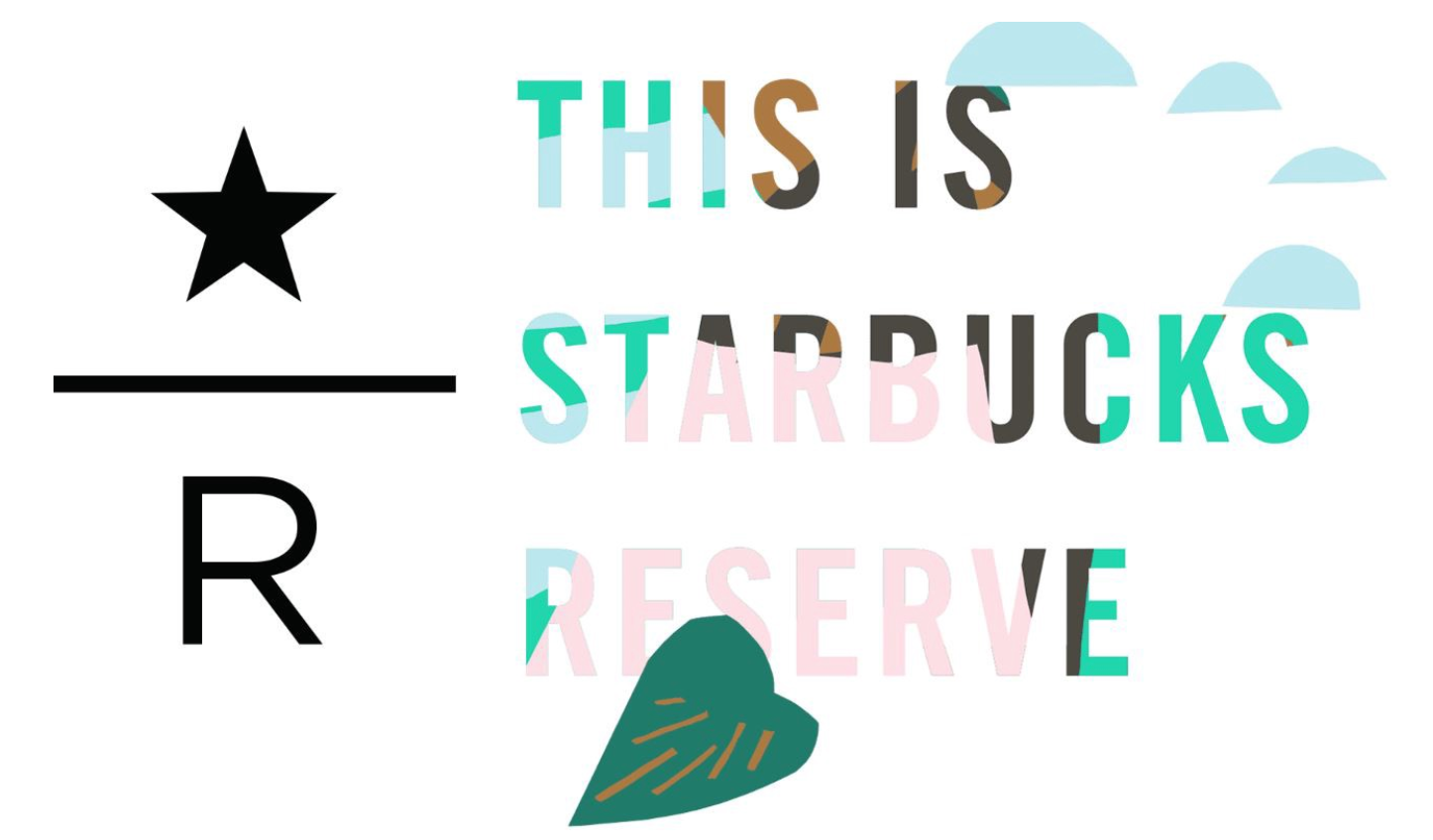
“Reserves” are the speciality Starbucks stores where they’ve done something totally different. Think Willy Wonka factory for coffee. Alcohol-infused coffees. Ice cream creations. Coffees — and coffee experiences — you can’t get anywhere else. And here, they’ve delivered on some of the essentials we talk about most in product marketing: compelling product demos, customer experiences with impact, clear positioning and storytelling of their “why,” and being shareable and memorable after the fact.
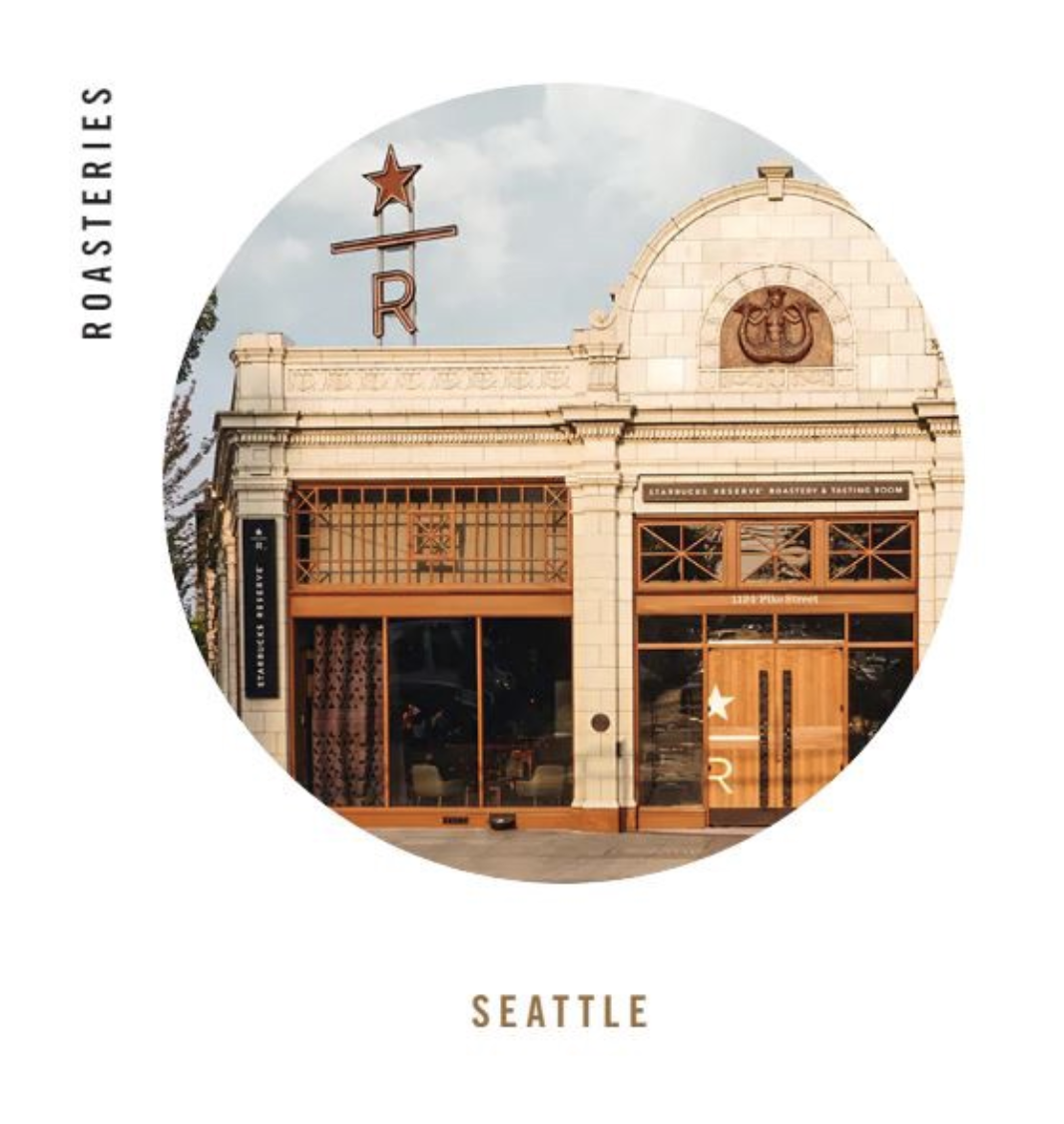
A lot’s been written about these stores in the press, (Forbes, Business Insider, & others) so my take here is specifically from a product marketing angle. It’s a great example in what we can aspire to in the product experiences we’re creating, and the customer interactions we want to enable.
When’s the last time:
A brand succeeded in getting you to think differently about something you use almost every day?
You looked at a company and said “Yes, now I truly see that they’re the innovators and craftsmen they claim to be”?
You were inspired enough by a Starbucks run that you wanted to write about it?
For me, the answers are recently! there! and yes! And it’s all because of what I experienced here. So this post is to take stock of what lessons it has for all of us who want to enable great product experiences and customer interactions as the core of what we do.
What is the Reserve Roastery?
We’re used to seeing a Starbucks on almost every corner — but not like these ones.
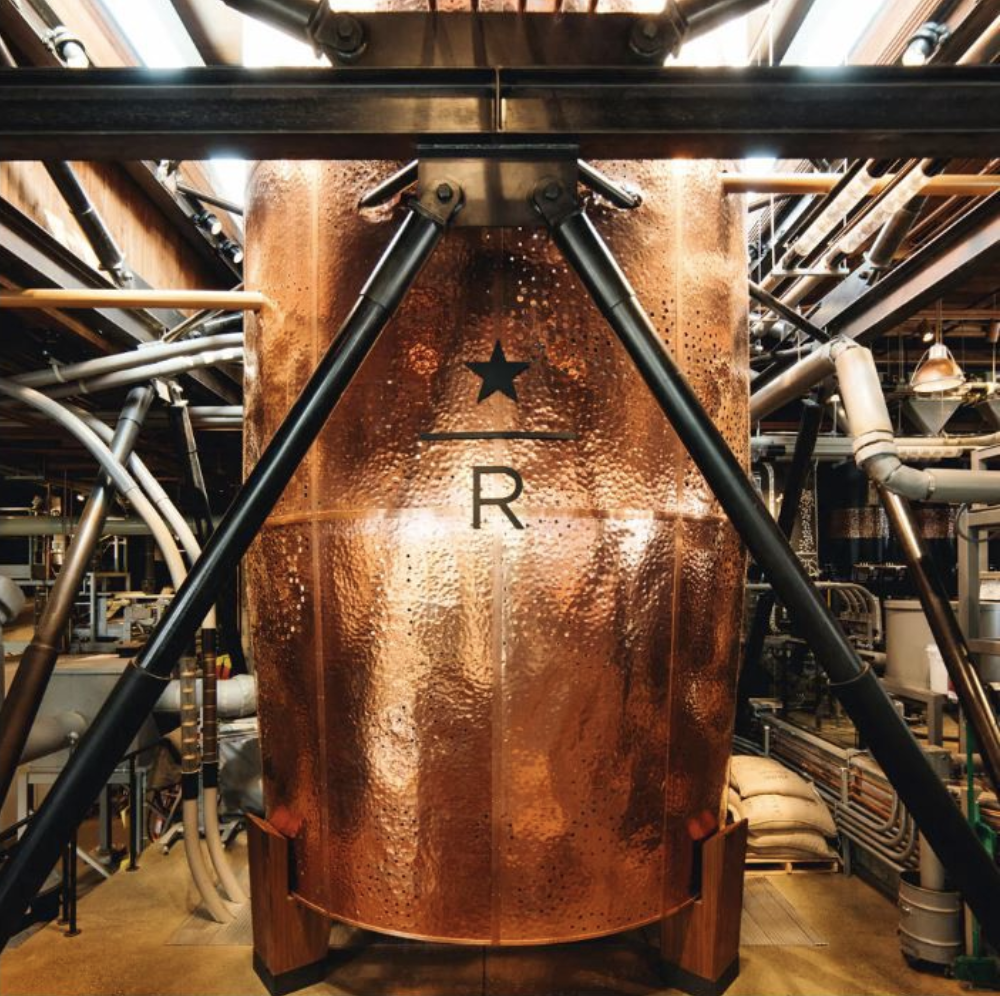
Starbucks Reserve Roastery is advertised as offering:
- “The rarest, most extraordinary coffees Starbucks has to offer.”
- “The highest state of coffee experience, our relentless and ongoing innovation.”
- “The ultimate expression of passion for our craft.”
Seattle was the first location opened in the US in 2014 and they’ve since expanded to New York, Shanghai, Milan and a few other cities.
What it’s like: When you walk in one of the first things to catch the eye is a massive copper cask spanning floor to ceiling. The look is more like a distillery than coffee shop, with a puzzle of “pneumatic tubes” leading up and along the ceiling carrying coffee throughout the building. Employees are busy heaving huge burlap bags of beans — in this case from Ethiopia — to feed this massive machineworks. To the left, a café area looking more like a science lab has customers drinking from hourglass-shaped beakers and apothecary style jars brewing up their concoction of choice. Upstairs, a Coffee Library offers 200+ books about coffee, with the option to detour into the Experience bar to see “origin-driven storytelling” and “inspired theater of coffee craft and innovation.”
The description of “rare and extraordinary” is spot on here.
As we explored the store, our reactions and emotions went on a journey — progressing from the initial “wow” of the visuals, moving onto curiosity as we looked around, and into delight as we ordered and tasted. This is the same company with a store on every corner? Well, we certainly won’t be leaving here seeing Starbucks in the same way as when we walked in.
Why It’s Great Product Marketing
This store took me as a customer — one that drank Starbucks passively, without thinking about it as anything more than a simple transaction — and both heightened and activated my connection with what they do, and what they sell. It impacted my perceptions about their coffees immediately, and that feeling only intensified as I progressed through the store experience, and stuck with me long after.
It struck me that what I was observing was a home run in taking the core aspirations we have as product marketers, and bringing those to life across the experience.
Reserve delivered on a key areas of the product marketing checklist, including:
- Product Demos with Punch
- Customer Experience that Connects
- Answering “Why,” Positioning with Power
- Being Memorable, Shareable, and WOM-able
Let’s look at each of these.
Product demos with punch.
The store is basically a showroom of ongoing product demos. They’ve taken their core product (coffee) and put it on display in brand-new ways.
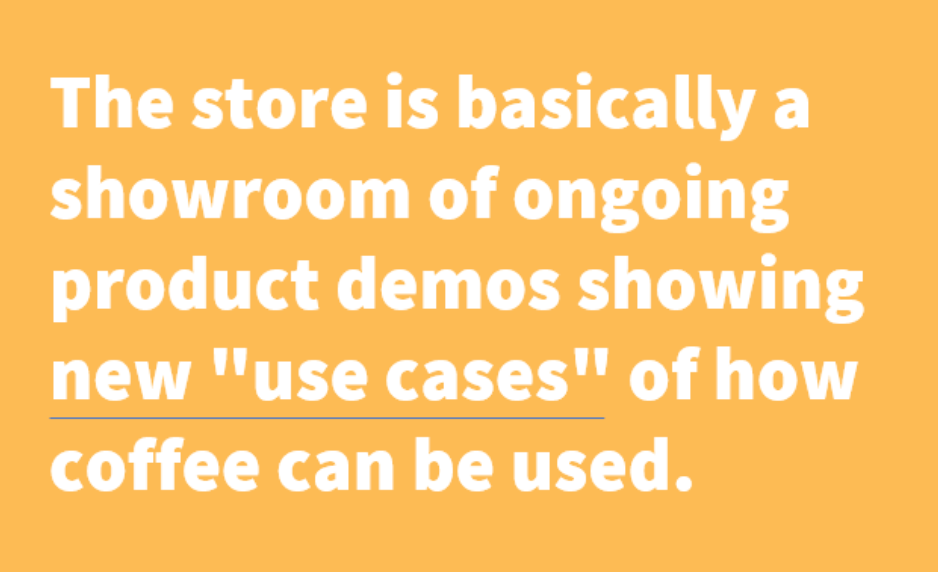
These are creative, daring, and innovating takes on coffee — pushing the boundaries on how we normally think of it and asking: What happens when you brew it with whiskey? Or gin? Or tequila! And by putting forward these wild “out-there” concepts, they’re pushing us to think differently about how their products can be enjoyed.
This is akin to a product demo designed to show new the versatility of a dynamic product, revealing new “use cases” and applications of how it can be used. As customers we’re exposed to all these different things that the product can “do” and how it can “provide value” — going beyond most of what we’ve experienced before.
They’re also cementing our connections to the products in net new ways. We sure won’t be thinking of coffee in quite the same way after trying it brewed with whiskey. And also by engaging us in these “out-there” examples of unique brews, it actually deepens my relationship with the most boring and basic offering — a regular old black coffee. I’m not as likely to order one of these elaborate Reserve drinks again — but I will be ordering a plain coffee. And when I do, it’ll likely be Starbucks that comes to mind first. And that’s one of the key goals here — by showing off the product in all these wide-reaching and all-encompassing ways, it increases the customer’s connection back to the fundamentals of that product. There’s a closer connection between customer and product, and those roots extend far deeper than before.
Customer experience that connects.
They nailed it here in terms of creating an experience that succeeded in getting me to spend time with Starbucks in mind.
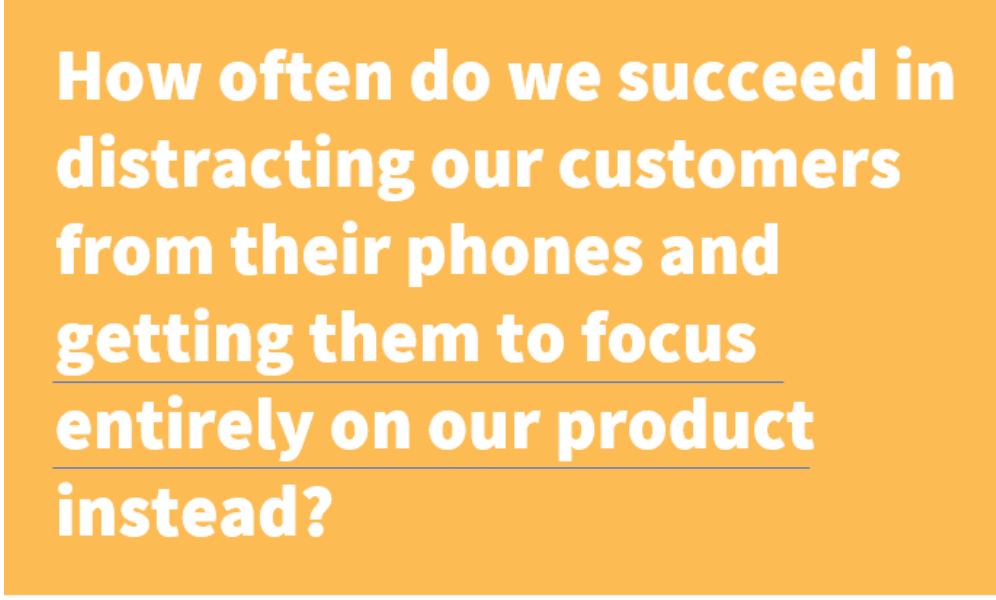
Here’s what I mean: it’s the first time I can remember sitting in a Starbucks being mentally engaged in what I was seeing and experiencing in front of me.Rather than my immediate priorities on my mind, THEY were on my mind — and I was fully present, focused, and delighted by what I was experiencing.
Getting this type of mindshare is no easy feat. How often do we succeed in distracting our customers from their phones and getting them to focusentirely on our product instead? This is a goal so elusive we rarely even hope for it as a KPI.
As product marketers we strive to create positive associations between customers and our product that stand out above the noise. This is the kind of impression that we’re all aiming for in our customer interactions —one that is lasting, stays with the customer after the interaction ends, and creates a positive framework around their touchpoints with the brand in the future. In this case, the experience not only succeeded in blocking out any interest I had in focusing on anything else, but it also created an undeniably positive association in my mind. Meaning when I think of Starbucks, it calls to mind that good feeling. This in no way resembled my normal way of interacting with their products — neutral and transactional feelings now replaced with something more meaningful and beyond the everyday.
Answering Why, Positioning with Power.
What’s interesting here is how they used the product to show their overarching brand story, and reinforce their positioning as innovators and coffee crafters.
First, they cast coffee as the hero, with all other elements in a supporting role. The store downplayed logos and overt branding, letting that take a backseat to the product itself. The coffee “library” didn’t have a single copy of Howard Schultz’s book Onward. Instead of a “merch” push, the library content educated about coffee itself. Plus, the employees showed genuine passion for their work — happy to elaborate on the bean origins in extreme detail, and a cashier that delighted in helping us make the perfect choice despite a long line behind us as we hemmed and hawed. All these elements of the experience came together showing that their commitment to the craft runs deep.
There’s two key takeaways from this:
It showed their “Why.”
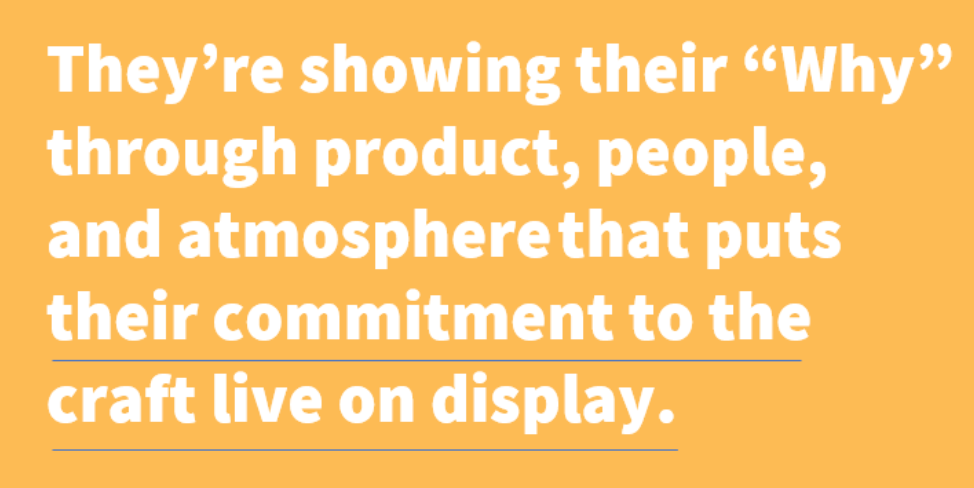
As product marketers, we’re tasked with helping frame the master narrative around the overarching “why” behind our product. We convey and communicate that story and “reason for being” that upholds why our product exists in the first place. Here, it was evident that their reason for existing is truly about innovation through coffee, it’s the lifeblood of what they do, and they care deeply about pushing the boundaries on it. Across all the interrelated elements of the experience — people, product, atmosphere — the true commitment to that “why” was on display and palpable.
It also served as a living example of their positioning — giving proof to their claims to be a coffee leader and innovator.
Starbucks claims to show “relentless and ongoing innovation” in what they do. As consumers, we hear this kind of thing so often that we’re practically deaf to companies boasting that they’re “innovators.” The problem is that so many just say it with words only. At Reserve though: they showed, not told. They demonstrated that they truly are coffee pioneers, motivated by a true passion for what they do. How? With bold creations on the menu, coffee that’s a far cry from the everyday. If you’re looking to disrupt your cup, challenge accepted here. And as a result they’re reinforcing who they are and what they stand for in a way that marketing words and mission statements could never convey. The words are backed up with live action,combining product and people at the forefront of pushing the definition on what coffee experiences can be.
It’s looking ahead at the future of coffee perhaps, but there’s a reminder here too. Starbucks has always approached coffee differently. They’re the guys that shook up our afternoon routine and made custom coffees mainstream (before them how many people were ordering “Mocha-java-skinny-2 shot-etc.-with-whipped-cream?). And today? Yes they may be a sprawling mega-brand with a location on every corner, but Reserve is a reminder of their innovation in this space — always shaking up what can be done with coffee and how we can approach it differently.
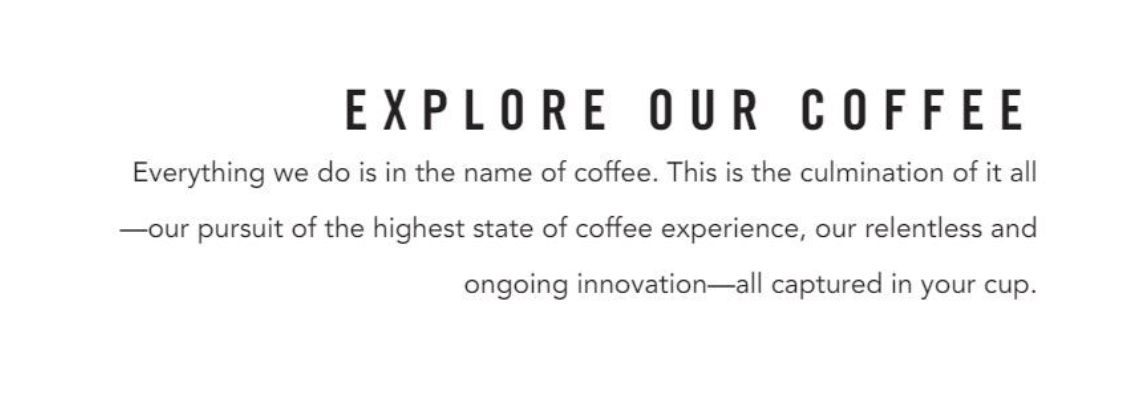
Memorable, shareable, and WOM-able.
Lastly, with Reserve they’ve invited us to delight in their products in a truly memorable way.
And what does that make us want to do? Share it!
I’ve never found myself dying to tell other people about what I experienced on a “Starbucks run” — but in this case it came naturally as something I just wanted to talk about. The experience was so memorable that I found myself driving word of mouth — with this article as a case in point.
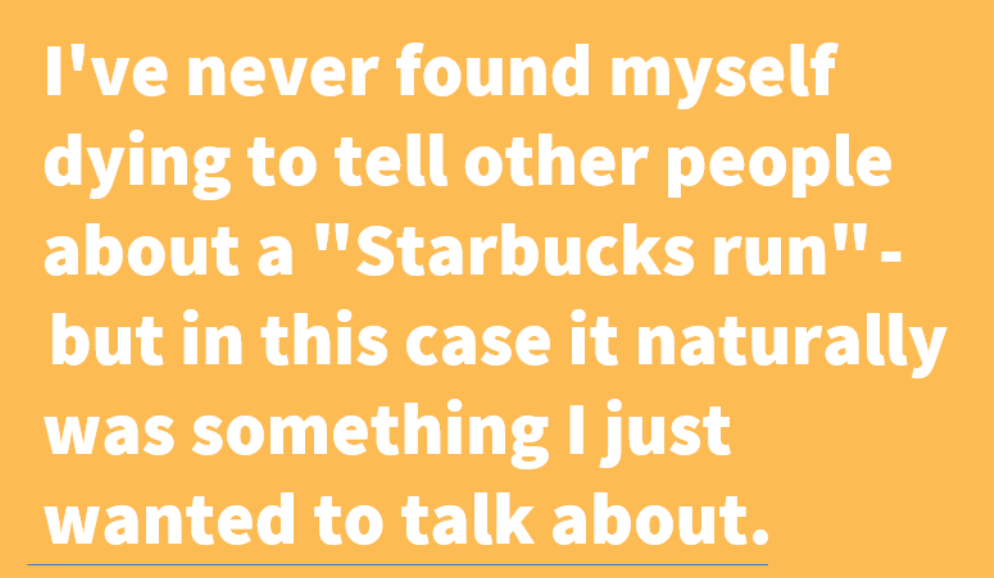
(Note: No I’m not being compensated by Starbucks for this post. However for whom it may concern I have a special fondness for Americanos and cake pops 😋).
In the stepping stones of product marketing experiences we create for our customers, delighting them to the point where they become carriers of our message is the holy grail. When they’re naturally driving WOM, serving as brand advocates, and providing genuine social proof…we’ve accomplished something indeed. (So by you reading this, we’re probably making a fellow marketer somewhere at Starbucks HQ very happy right now by nature of this sharing! Again, Americanos and cake pops FYI. 😋. Just kidding.)
Overall, we hear about “activations” and experiences to bond people and product…and in this case I was struck by how profoundly well executed it all was. Cheers to that.
Nailed It…But In One Sense Only?
On a product marketing level, they nailed it.
But on a sales level, the jury’s still out.
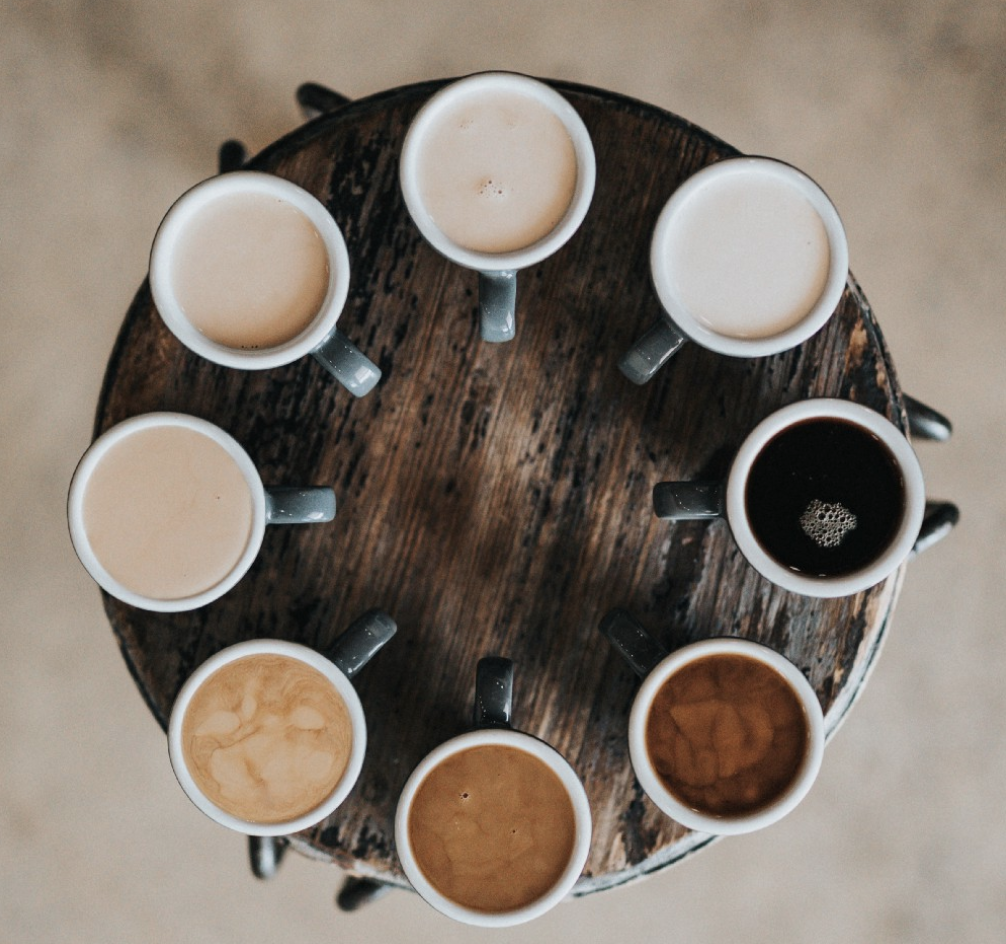
It’s unfortunate and important to note that the stores have been rumored to be unprofitable, and original goal to build 1000 Reserves have been put on the back burner. This raises questions around short-term sales vs long-term customer loyalty, and how to claim success or failure on the overall marketing experiment of Starbucks Reserve.
And here’s the challenge in that discussion: once I leave the four walls of that great experience, it’s unlikely I’ll be doing repeat business at a Reserve specifically. More likely, they’ll reap the aftereffect rewards via my trips to my local Starbucks branch. Because of what I experienced at Reserve — the mindspace they occupy is different for me now, and I’m more apt to think of Starbucks as a place to grab a coffee day to day. But it will be my corner shop where my follow-on dollars get spent.
So did they win or lose there with Reserve from an ROI perspective?
Ultimately the way to think of Reserve’s value may be more in terms of an experiential marketing activation — a platform for long-term customer loyalty that activated the customer in one place, but pays dividends later at different nodes of their ecosystem. I’m hoping they’ll continue to see this as a central part of the Reserve strategy and not be scared off by the numbers prematurely based on in-store sales alone.
On a personal level — from one product marketer to another: it’s validating to go see the principles in action of what we strive to create.


















 Follow us on LinkedIn
Follow us on LinkedIn

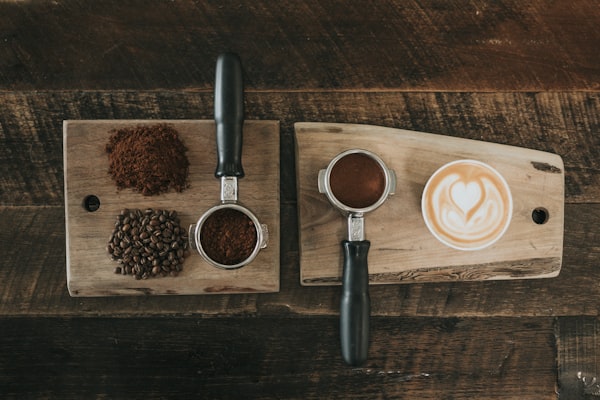

.svg?v=f84e366086)